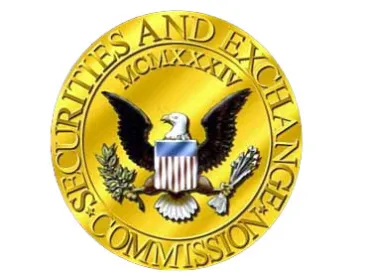The Securities and Exchange Commission recently granted exemptive relief with respect to the large trader rule (SEC Rule 13h-1) (hereinafter referred to as the Rule) that (1) delays the implementation of certain requirements under the Rule until November 1, 2017, and (2) grants relief that may limit the obligations of certain options traders under the Rule.
Recordkeeping and reporting requirements under the Rule have been implemented in phases. Phases one and two have already been implemented and impose some of the recordkeeping and reporting requirements contemplated by the Rule. Phase three will implement the Rule’s remaining recordkeeping and reporting requirements, including the requirement to report execution time on trades for categories of persons not covered in the first two phases. The exemptive relief delays the compliance date for phase three by two years, until November 1, 2017. It should be noted that the exemptive relief granted by the SEC does not affect requirements implemented under phases one and two, where there is still a requirement to comply.
The SEC found the delay to be appropriate due to implementation challenges raised by market participants and the uncertainty associated with SEC Rule 613. Under SEC Rule 613, self-regulatory organizations have submitted a plan to create a consolidated audit trail of activity in NMS securities, and the SEC anticipates that Rule 613 may, in some respects, supersede Rule requirements. Until the plan under SEC Rule 613 is finalized, the SEC noted it was hesitant to impose phase three requirements on broker-dealers.
In addition, certain options traders are provided exemptive relief from the Rule’s self-identification requirements provided specified conditions are met. Self-identification requirements include: (1) filing an initial Form 13H with the SEC as well as periodic updates to the form; (2) obtaining a large trader identification number; and (3) providing that number to brokers. In order to determine whether self-identification requirements are applicable, a person must determine whether it meets or exceeds identifying activity levels set forth in the Rule. The calculation of identifying activity levels includes daily and monthly share volume and fair market value thresholds. The Rule specifics that the fair market value for equity option transactions should be calculated based on the value of securities that underly the option. The exemptive relief allows option traders to value equity options transactions based on the gross premiums paid for the options. This relief is intended to focus self-identification requirements on options traders whose trading activity could have a material market impact. Persons who have previously fulfilled the self-identification requirements, but who no longer meet identifying activity thresholds based on the exemptive relief, may file for inactive status with the SEC.
The exemptive order is available here.



 />i
/>i


